This Cambridge Life
The conservationist who started a Twitter trend and saved Nairobi’s wildlife
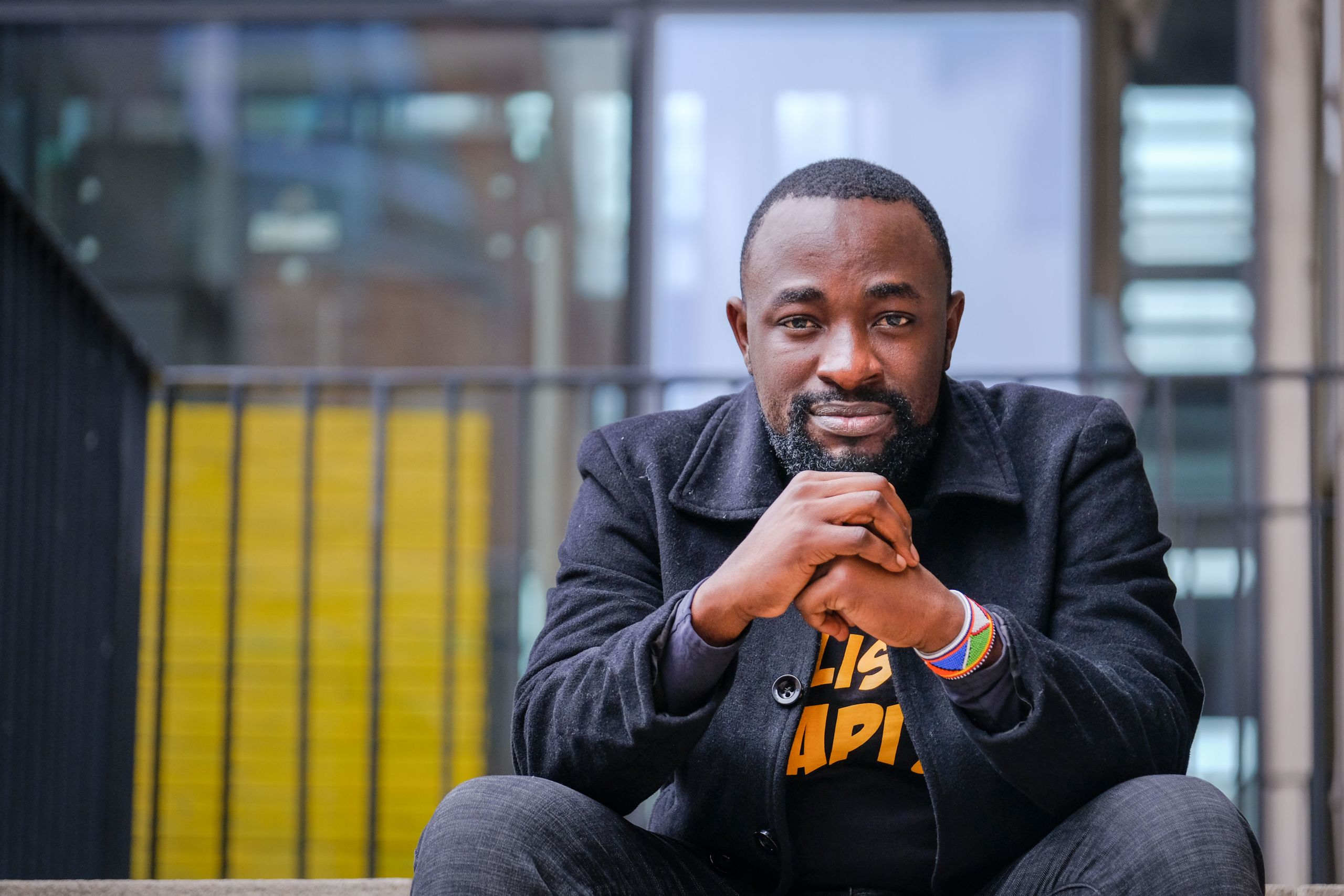
Nyandire Reinhard believes the key to protecting ecosystems is to foster a love of nature in the community. He shares the story of how social media sparked a revolution in the hearts of the public, journalists and politicians to preserve the freedom of Nairobi’s wildlife.
I grew up in a village in Kenya and came from a very poor family. We lost one of my younger siblings because we couldn’t afford the medication, worth just $4. It was normal to have only one meal a day. But I never used to say we were suffering, or we lacked, because my neighbours were like that too.
One afternoon when I was around 13 or 14 years old, I was sitting with my Mum outside our mud house and it was HOT. It was early February and the grass was yellow and withered. My Mum was looking towards the North engulfed in deep and distant thoughts. She murmured, “I have never seen this type of drought.”
This incident stayed with me and although I didn’t understand it at the time, I later connected it to climate change. It sparked a curiosity which culminated in a passion for understanding and protecting the environment.
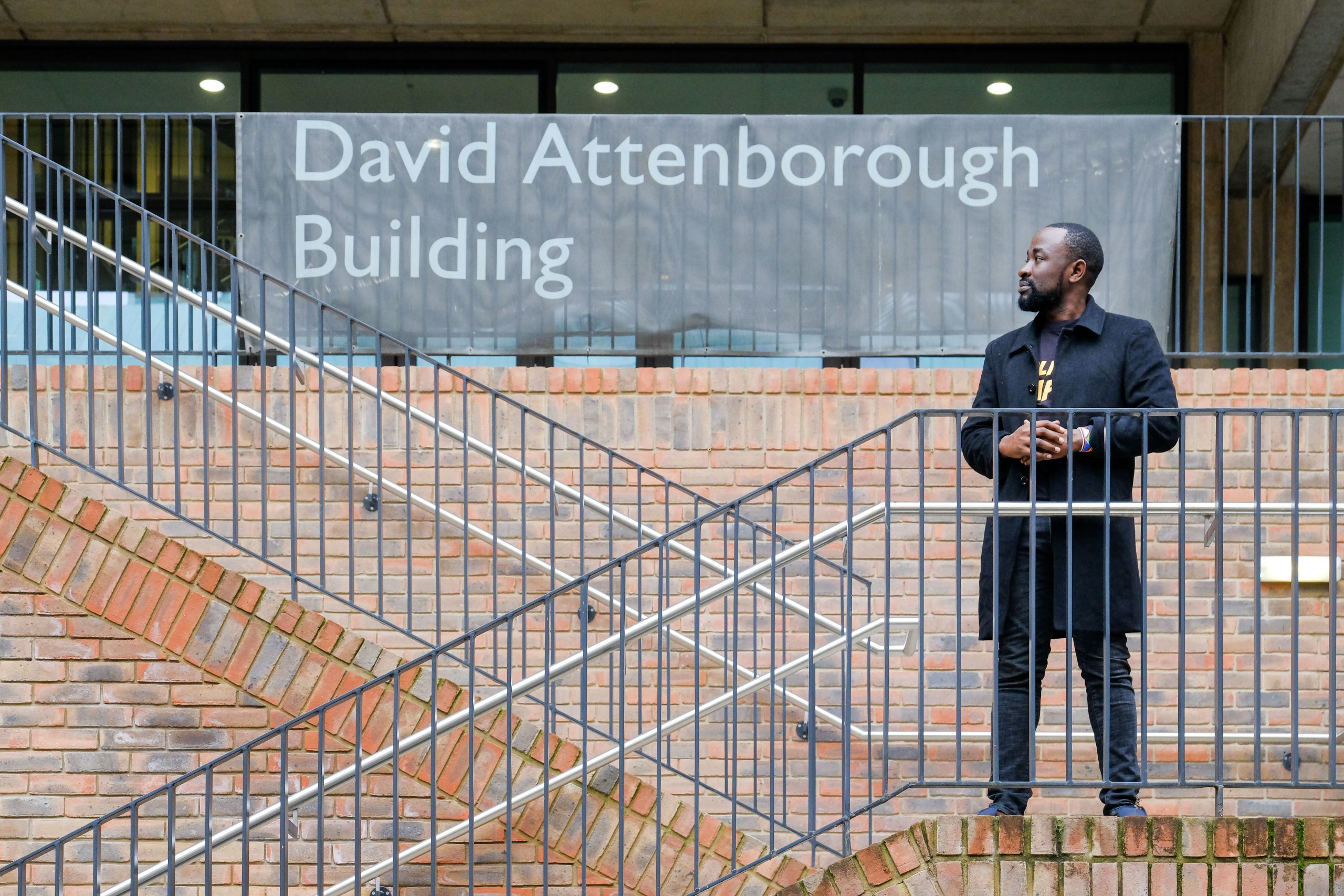
Nyandire Reinhard standing outside the David Attenborough Building
Nyandire Reinhard standing outside the David Attenborough Building
I studied Environmental Planning and Management at Kenyatta University, despite everyone telling me that I would end up sweeping the streets or planting trees. Back then it was seen as a course for failures!
It was during my final year of studying that I learnt about wildlife conservation. I discovered how fundamental it was for ecosystems, the environment and the climate.
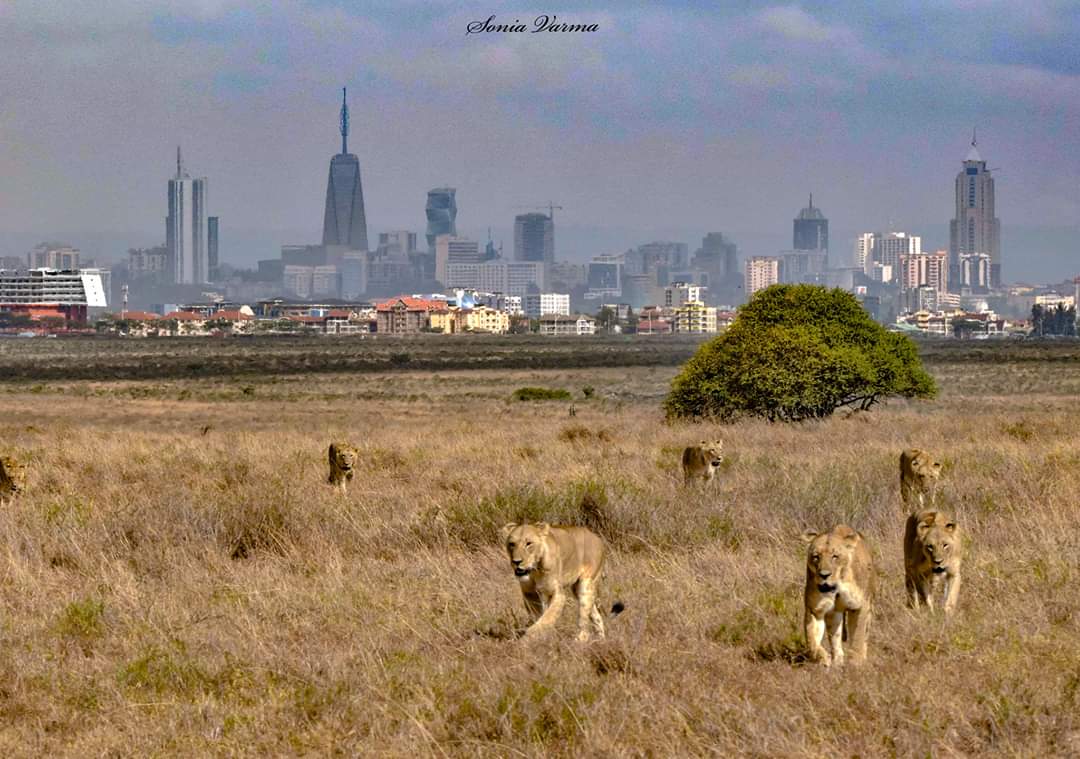
Nairobi National Park
Nairobi National Park
It was a lion and an eagle that made me fall in love with Nairobi National Park. These sightings were my first experience of seeing wildlife, and from that day the Park captured my heart.
I’d lived in Kenya all my life and Nairobi, a city which pushes up shoulder to shoulder with the Park, for five years and yet this was my very first visit. As for most other young Kenyans, the Park on my doorstep had been too expensive to visit.
Membership of Friends of Nairobi National Park (FoNNaP) largely consisted of older British Kenyans or foreigners. Many Kenyans were detached from the issue of wildlife conservation and felt it belonged to tourists – it was for: “them not us”.
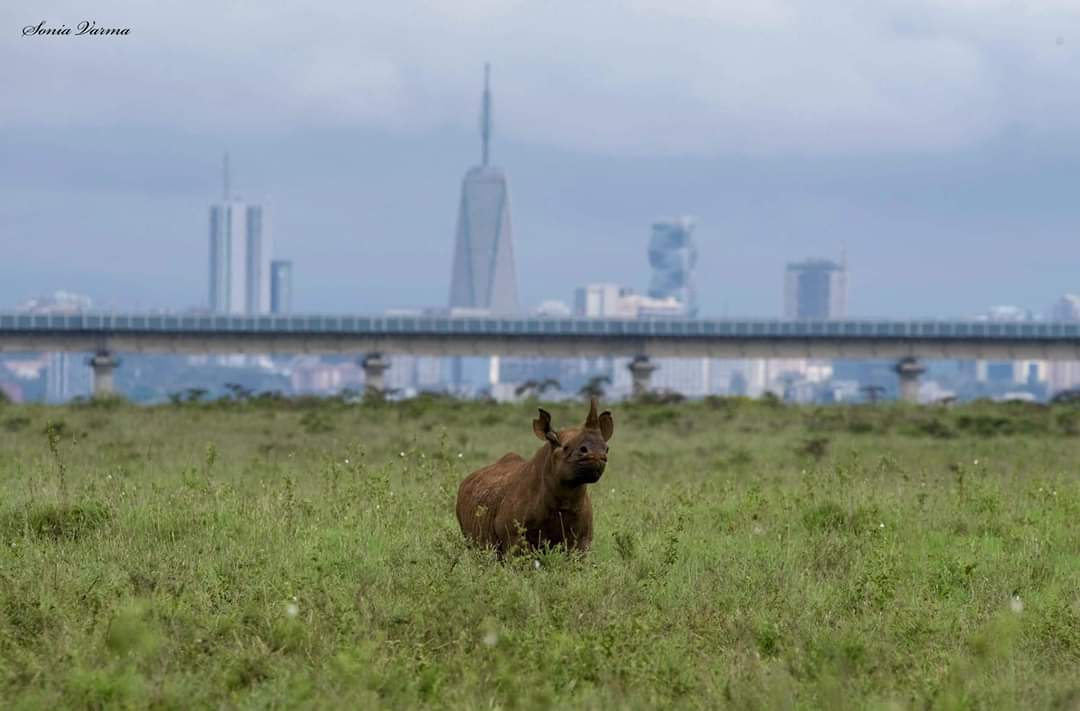
Nairobi National Park
Nairobi National Park
After starting work with FoNNaP, I quickly realised that for the Park to survive things needed to change, and fast. I set up initiatives to bring young people into the Park on game counts and expeditions free or for a nominal fee.
The Park was under threat from the growing city which had already encroached on ancient migratory paths. These had once run from the Mount Kenya regions through Nairobi National Park, all the way to Ambosseli National Park through the Athi-Kapiti wildlife migration corridor. A railway line had been built through the Park and we’d also seen the introduction of invasive plant species.
Now, new plans were on the horizon to close the only remaining corridor of land that connected the Park to a dispersal area. This would mean fencing off the Park – essentially turning it into a zoo. There were also proposals to construct more lodges, a helipad, a spa and a swimming pool in the already suffocated Park. This tapped into the narrative that wildlife was for the tourists, the elite, the selected few.
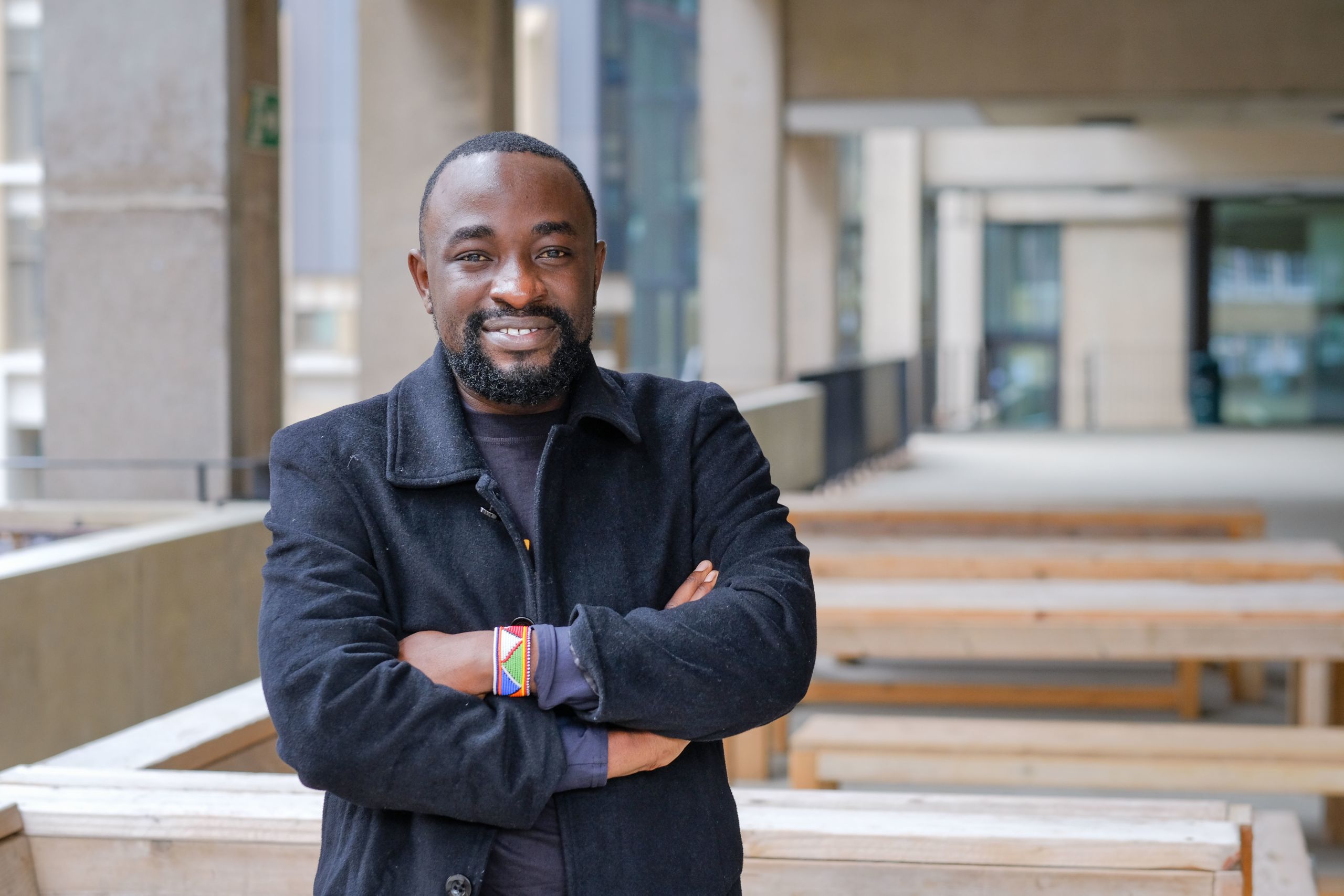
Around this time, the COVID-19 pandemic was sweeping across the globe, the tourists had stopped coming and Nairobi was in lockdown. I started conversations and built partnerships with the media, conservation groups and the local community. We struck deals with tour guides to make admittance to the Park more affordable and ran social media campaigns to encourage more Kenyans to visit. It worked.
The local people fell in love with the wildlife, the wilderness, the beauty. At the time, the pollution levels were so low you could even see Mount Kenya and Mount Kilimanjaro from the Park. Kenyans once again valued nature.
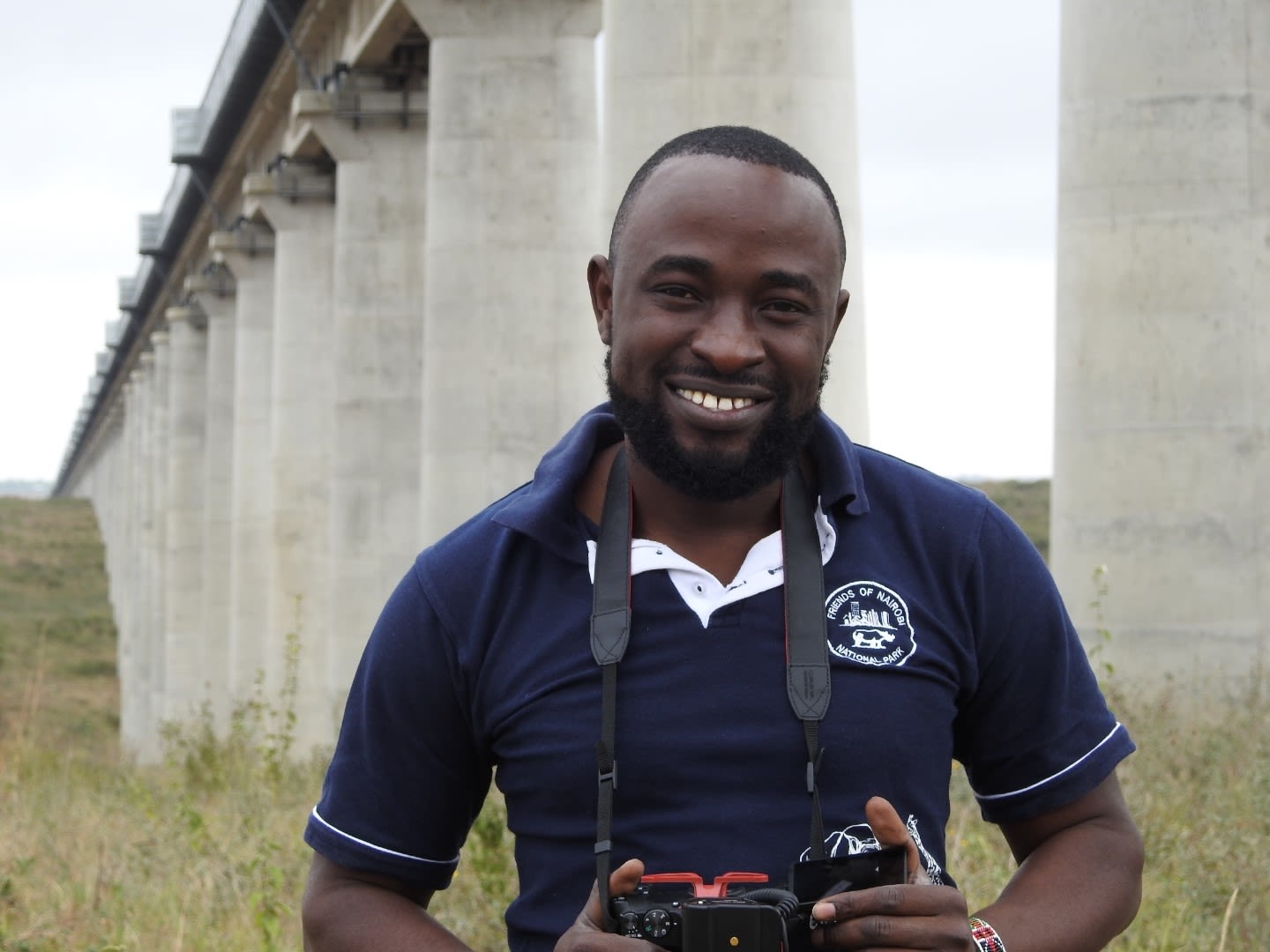
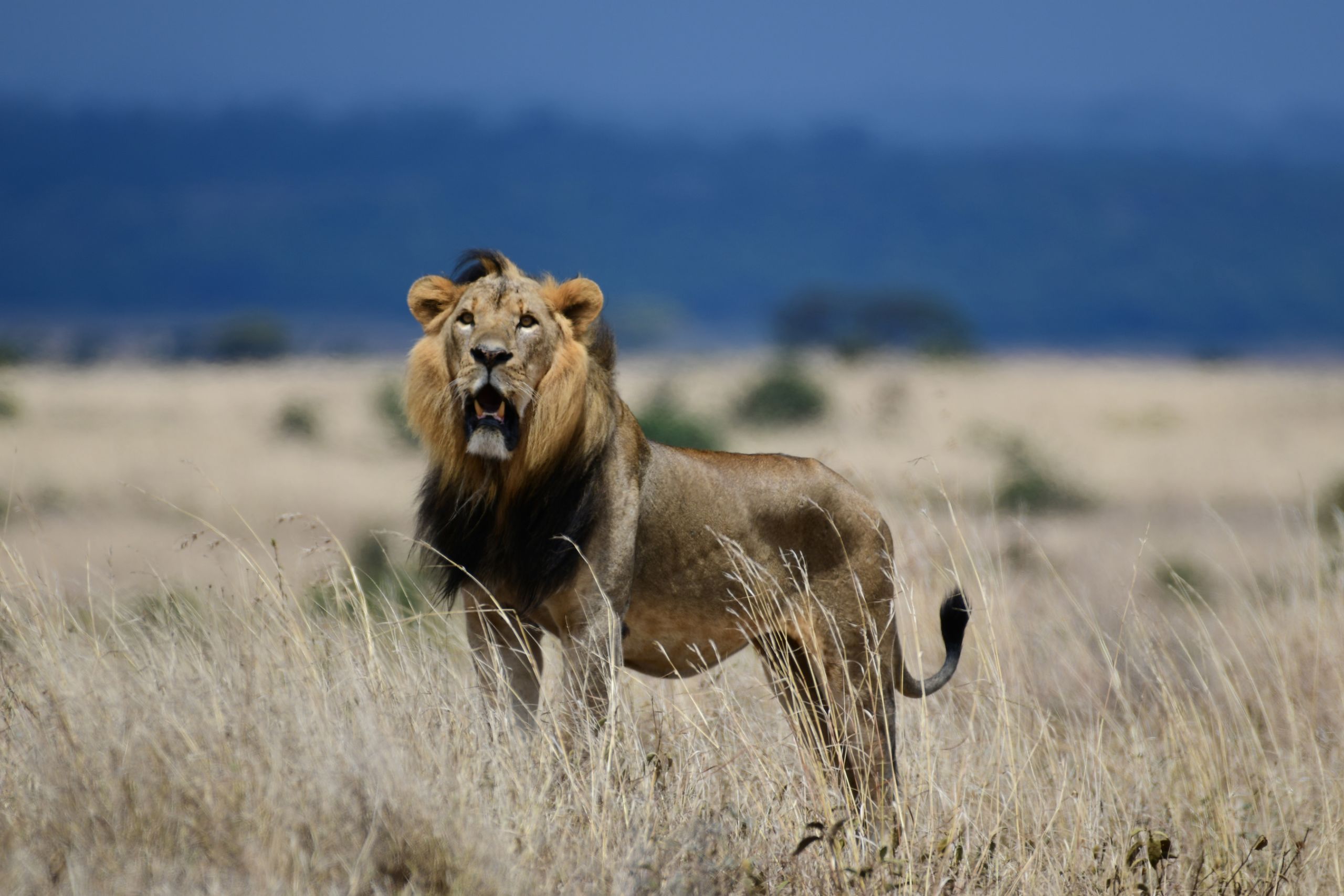
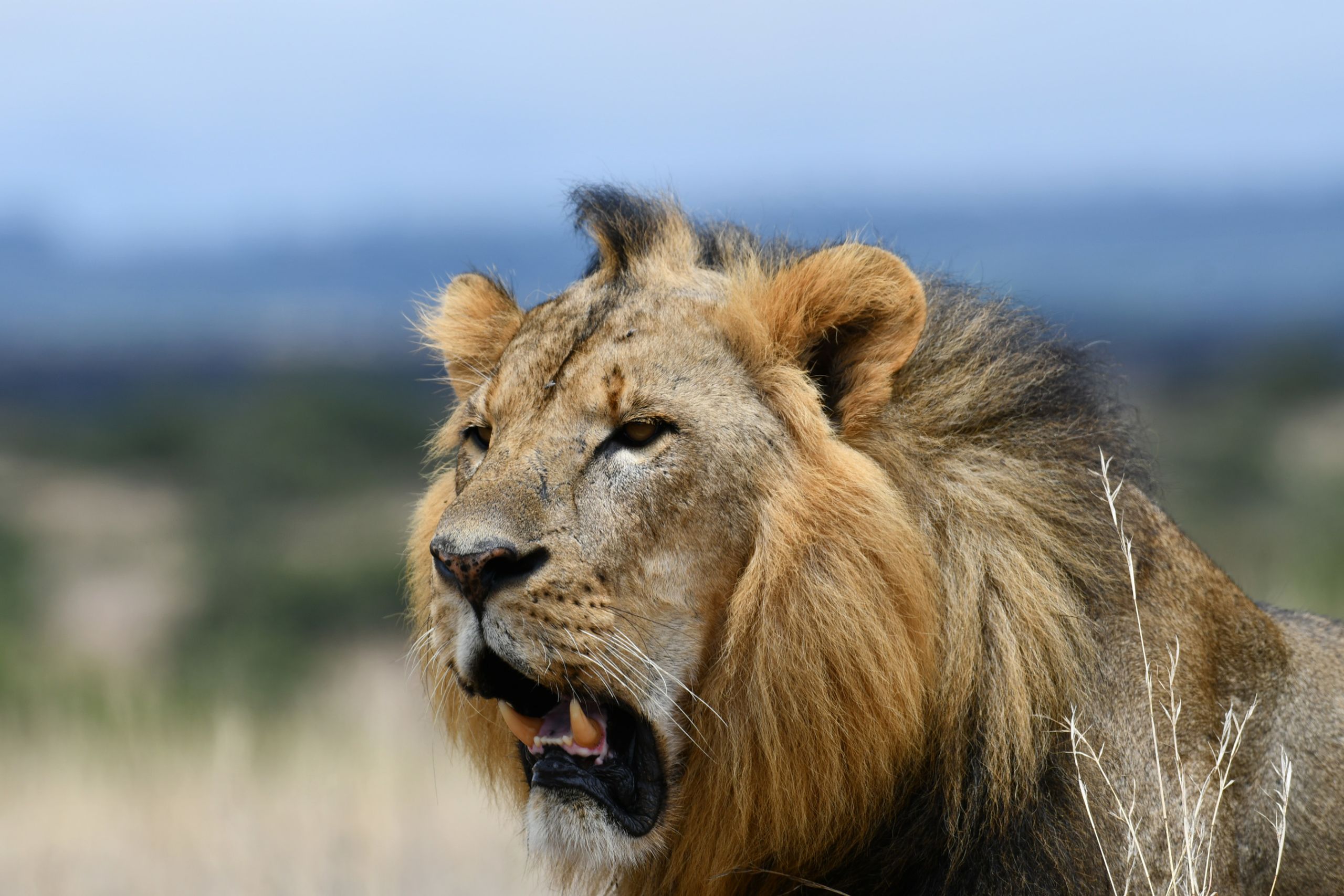
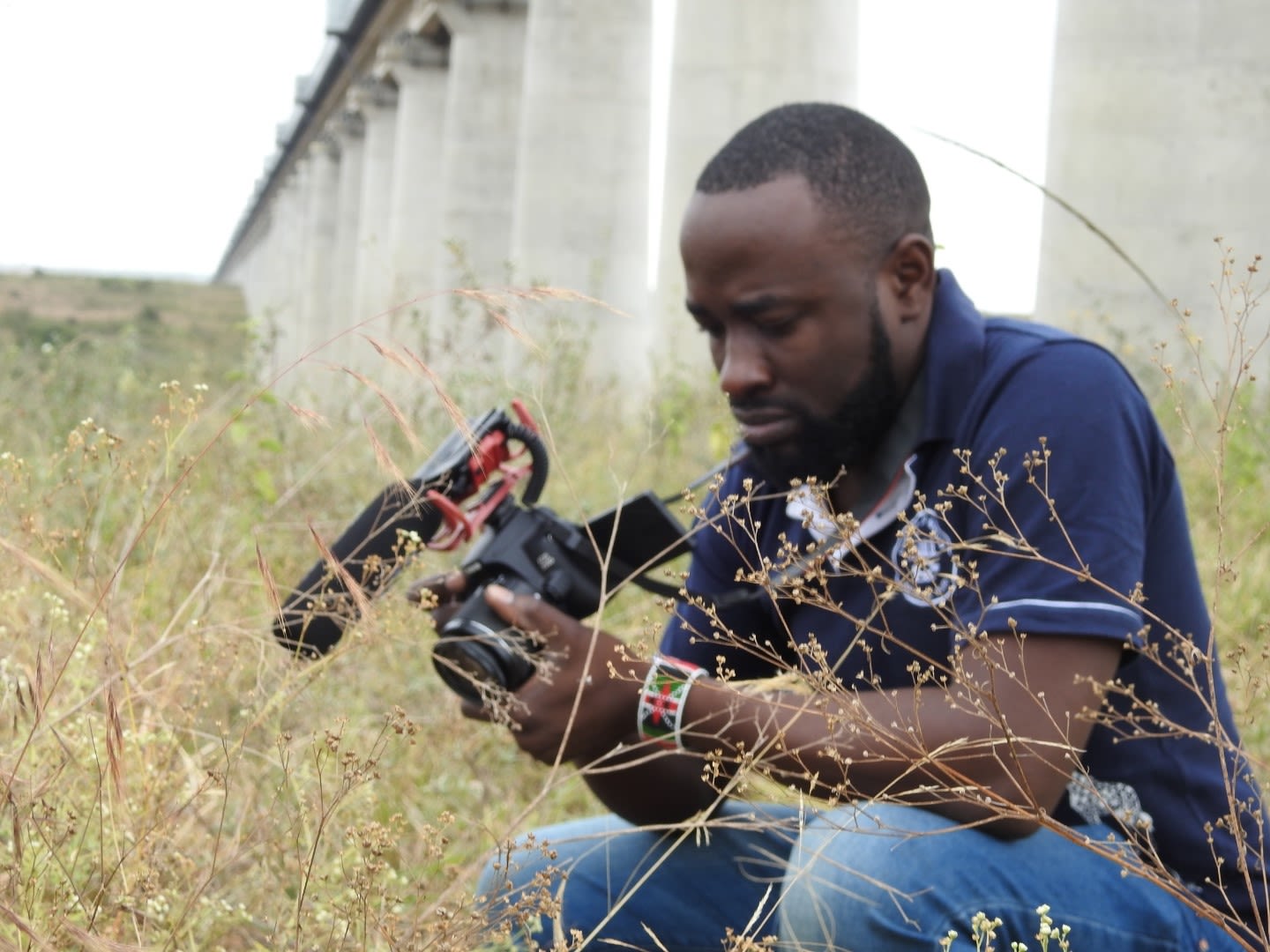
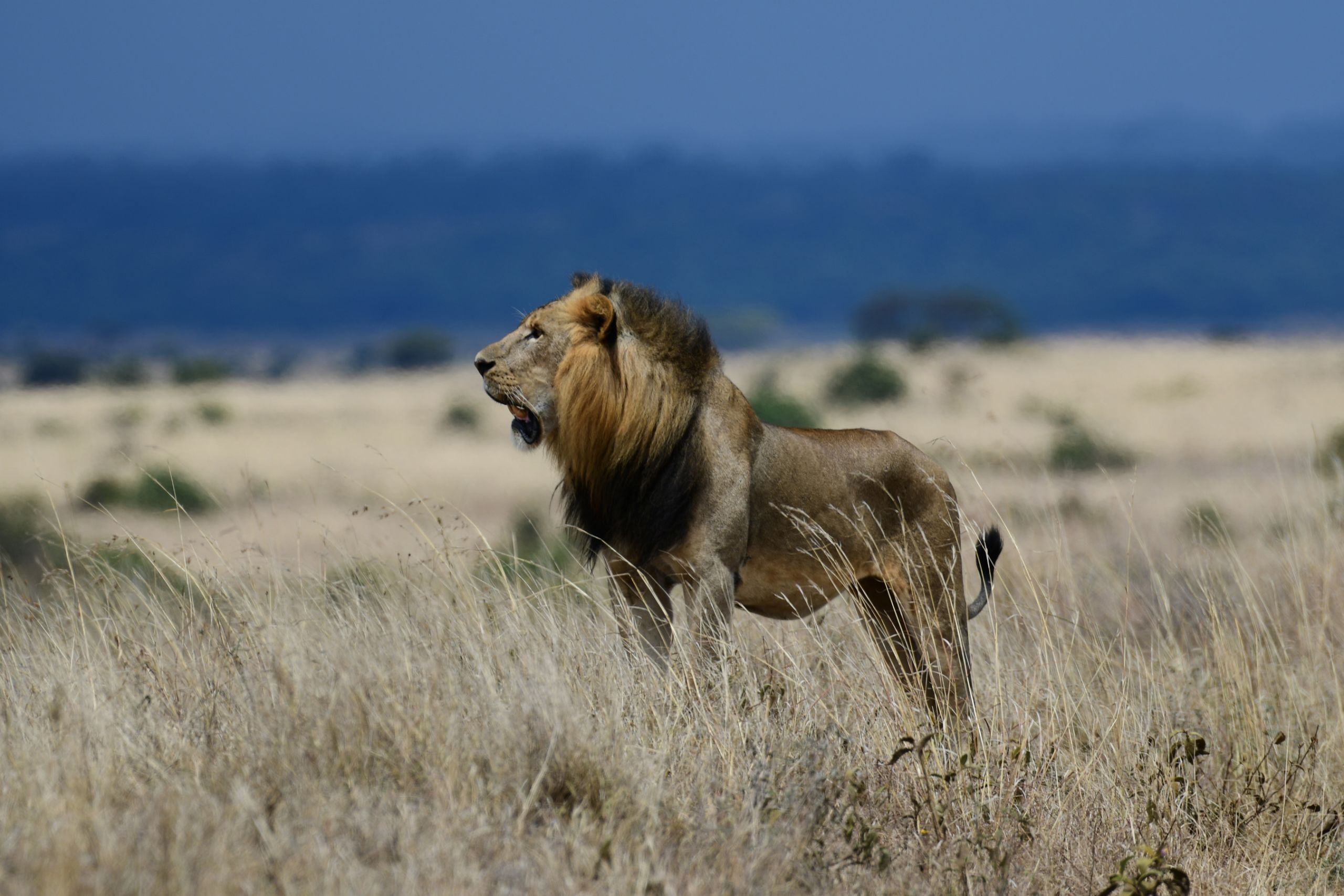
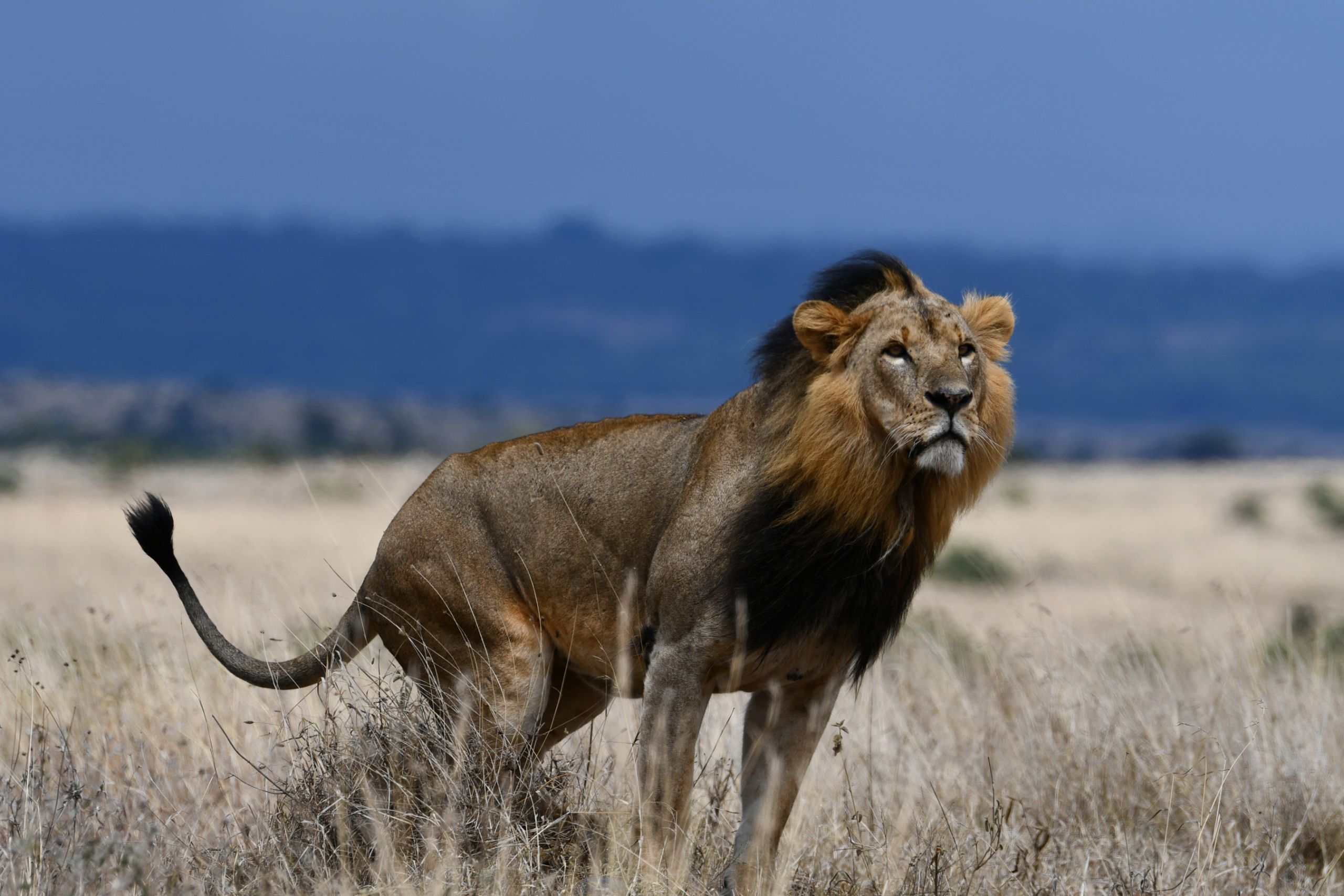
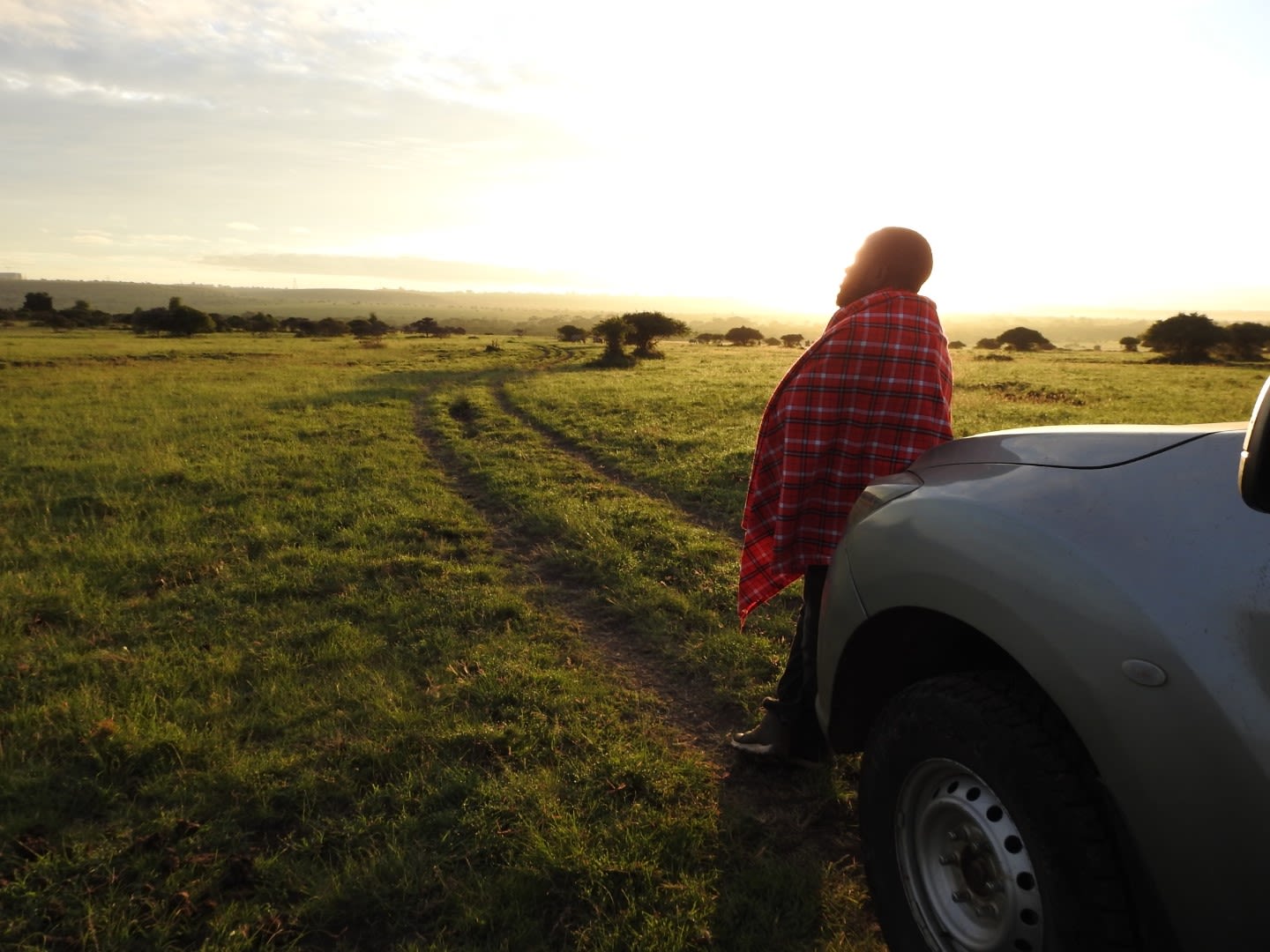
Kenyans shared their photos on social media and journalists started to pick up on the story. We shot a three-day documentary about the challenges the Park faced; it was aired on the news which spurred online petitions demanding accountability. We even began trending on Twitter. The message was clear: “Save Nairobi National Park.”
The people won; politicians began to take notice, the legal system intervened, and the fencing and building issues stopped. A minister set up a taskforce to investigate how to reconnect Nairobi National Park with the original migration corridor.
Today I’m a student on the Cambridge Conservation Leadership Master’s course. I love this programme – it’s taught me so much, but above everything I’ve learnt that the key is to try to create in others a love for nature, ensuring the future of humanity, ecosystems, the climate and our planet. There is hope.
This profile is part of This Cambridge Life – stories from the people that make Cambridge University unique.
Words: Charis Goodyear.

